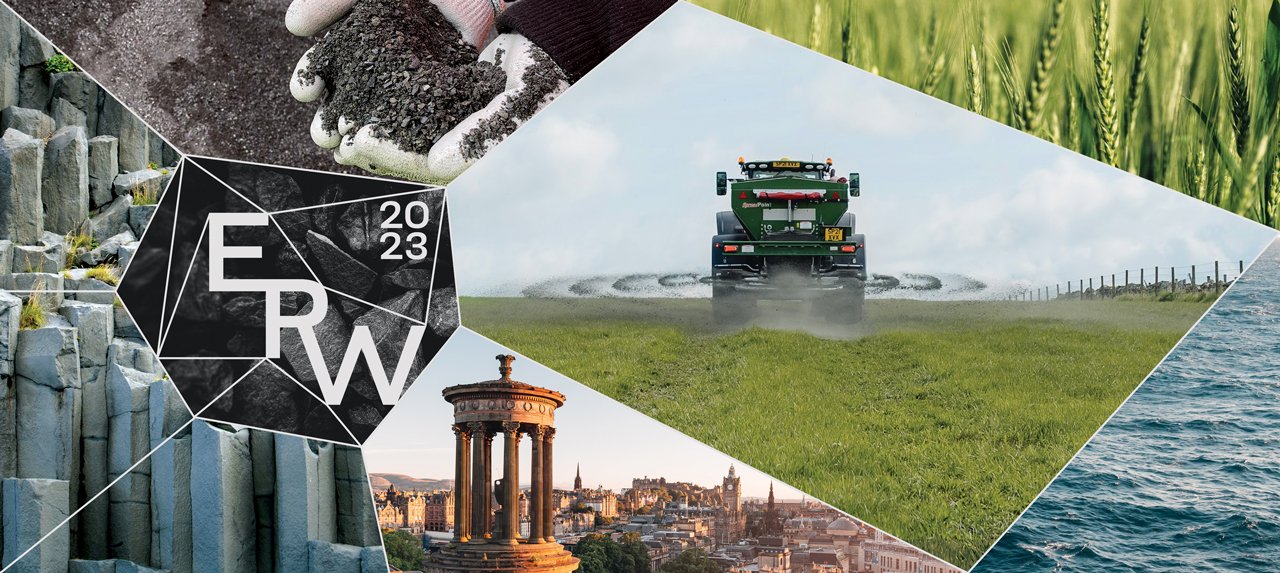Speaker
Description
Nearly all greenhouse gas emissions pathways that restrict global temperature increase to ≤2°C above pre-industrial necessitate Carbon Dioxide Removal (CDR) from the atmosphere1. One proposed CDR solution is Enhanced Rock Weathering (ERW), which aims to artificially speed up natural silicate or carbonate weathering by applying crushed calcium and magnesium rich rocks to agricultural soils. Waste material from mining activities, such as tailings, could be used as a potential feedstock for ERW.
Here we report results of a novel ERW field experiment being conducted in collaboration with an established gold mining company in Ghana. A decommissioned tailings storage facility was re-vegetated with oil palms that were planted directly onto the surface of the mine tailings after closure of the facility in 2017. We have been working to quantify the impact that re-vegetation has had on weathering rates, and consequently on removal of atmospheric CO2. Sampling has been conducted at two sites: one where oil palms were planted on tailings, and a “control” site where oil palms have been planted on local soil.
We have quantified the carbon dioxide removed through both alkalinity generation, measured in soil pore waters, and in accumulation of organic matter in the revegetated tailings. Also, soil carbonate content, nutrient availability, and heavy metal mobilisation in the soils have been analysed using soil leaching procedures and combined with analyses of soil organic carbon to build up a full picture of weathering processes for full quantification of CDR. On-site monitoring also indicates that palms planted on tailings have higher yields of palm fruits. The approach thus holds promise as an inexpensive and efficient substitute for the practice of capping tailings ponds, that simultaneously offers the benefit of offsetting some of the CO2 produced from mining activities.

